Interview: Rachael Miles Author of RECKLESS IN RED @rachel_miles1 #Interview
Rachael Miles writes ‘cozily scrumptious’ historical romances set in
the British Regency. Her books have been positively reviewed by Kirkus, Publishers Weekly, and Booklist,
which praised her ‘impeccably researched and beautifully crafted’
novels, comparing her works to those of Jo Beverly and Mary Jo Putney.
Her novel, Reckless in Red, won first place in adult fiction:
novels in the National Federation of Press Women’s writing contest. A
native Texan, Miles is a former professor of book history and
nineteenth-century literature. She lives in upstate New York with her
indulgent husband, three rescued dogs, and all the squirrels, chipmunks,
and deer who eat at her bird feeders.
Twitter Address: http://www.twitter.com/rachael_miles1
Facebook: http://www.facebook.com/rachaelmilesauthor
WEBSITE & SOCIAL LINKS:
Website: rachaelmiles.comTwitter Address: http://www.twitter.com/rachael_miles1
Facebook: http://www.facebook.com/rachaelmilesauthor
From the office door of Calder and Company, Lena
Frost could see the key, left precisely in the middle of the empty desktop.
Everything else was gone: Horatio’s inkwell, his penknife, his little toys,
even the carved bird he’d been toying with for the last several weeks. She knew
what it meant: Horatio had left. For good.
--From RECKLESS IN RED
Welcome to The Writer's Life! Now that your book has been published, we’d love to find out more about the process. Can we begin by having you take us at the beginning? When did you come up with the idea to write your book?
I suppose Reckless in Red started with exploding cemetaries. I was reading Catherine Arnold’s Necropolis: London and its Dead, and I was fascinated by the fact that, after the Napoleonic Wars, the exponential growth of London’s population led to the problem of not enough cemetery space. Bodies would be packed close together in mass graves, and the build-up of methane gas could cause explosions. Gory, I know—but what an interesting bit of data. I knew that the Muses’s Salon’s chemist—Ophelia Mason—would be able to explain the process for the other characters (and the reader). So, it seemed only natural that my heroine would find a body in her gallery, and that the hero would be investigating a series of murders. That led to grave-robbers and of course to Charters, my master criminal, who has hired crews to meet the demand for dead bodies from the medical schools. I know that doesn’t sound like the start of a romance, but I promise: it is.
Who is your publisher and how did you find them or did you self-publish?
The Muses’s Salon—my series of historical romances set in the British Regency are published by Kensington under their Zebra imprint. My agent, Courtney Miller-Callihan of Handspun Literary sold the series to my editor Esi Sogah.
Is there anything that surprised you about getting your first book published?
I was surprised by the way the obligations for one book in a series lays on top of the obligations for the next, and the next. It feels sort of like that children’s game where you hand an object to someone as someone is handing an object to you, and you have to get the conversation right: “This is a spoon. A what? A spoon? A what? A spoon. Oh a spoon.” At one point I was marketing the first book, copyediting and proofreading the second, and writing the third. And I found that layering really disorienting.
Do you believe a book cover plays an important role in the selling process?
Of course. Haven’t you ever been disappointed that the cover didn’t fit a book? And haven’t you ever picked up a book because the cover caught your attention? Some people won’t buy a book that has the words “A Novel” on the cover, others won’t buy a book with pretty girls in beautiful dresses (or without them). Covers appeal to our personal preferences—even to our idea of how we might look reading them. When Harry Potter first came out, its publishers in England had a cover that was all black with a flying car on the front: it was designed — a bookstore owner told me — to appeal to the adult commuter population who could feel comfortable reading it on a train.
How hard was it to write a book like this and do you have any tips that you could pass on which would make the journey easier for other writers?
Every book is hard in its own way, my agent reminds me every time I’m frustrated that the next book is never easier than the one before. Every book has its own characters, its own plots, its own problems that you have to work out. But there are techniques that help you diagnose the problems when you run into them. I can say that working on the book every day, even for just a little while keeps the book at the front of your mind and creates space for creativity. As productivity researcher Robert Boice showed, that work can take many forms—planning, invention, drafting, revision, collaboration—but regular engagement is key.
What other books are you working on and when will they be published?
I’m working on two—the last book in this contract of the Muses’s Salon series—and a contemporary murder mystery. Wicked in White, part of the Muses’ Salon series, it will be published by Kensington next year. Imogen, the heroine, is a wealthy widow who has reluctantly returned to London to settle her brother’s estate, but in his effects she discovers he’d been collecting evidence of treason. And when the Muses’ Salon—a group of women who use their talents to help others—ask her to help prove that the wrong man’s been arrested, she has to call on the one man who rejected her years before to make the case. After that, I’m working on a mystery set on an old New England estate that houses a research library—think Winterthur or (on the west coast) the Huntington. I love academic novels when the researchers turn murderous, and the sleuth is a newly tenured faculty member who discovers evidence of a murder in the margins of an old book.
What’s one fact about your book that would surprise people?
I think people would be surprised at how hard I work to make the details exactly right. At the center of Reckless in Red is a giant circular painting several stories high. Panoramic paintings were the rage across the nineteenth-century, and one even stood off of Leicester Square. I wanted to get the details exactly right, so I spent a great deal of time bugging experts. Gordon Jones at the Atlanta History Center—which has its own panoramic painting, the Battle of Atlanta Cyclorama—directed me to resources about how a panoramic painting was hung. (circular of And Lynn Rushton, a painter and conservator, gave me advice on how an artist in the period would repair a damaged canvas.
Finally, what message are you trying to get across with your book?
I want my readers to have fun, to be able to escape into a different time and place. It’s important to me that the world I create and the characters who live in it feel real, at least while the reader is turning the pages. If there’s another message, it’s that history was filled with clever, resourceful women. In Reckless in Red, my heroine Lena Frost was based on the lives of women artists who were successful and even powerful in their own right: Vigee Le Brun, court painter to Marie Antoinette; Angelica Kaufmann, one of two women who were founding members of the British Royal Academy of Arts; Anne Damer, sculptor and writer.
Thank you again for this interview! Do you have any final words?
Reckless in Red was a finalist for the Holt Medallion in historical romance and first place winner for novels from the National Federation of Press Women’s communication contest. It’s available in print, ebook, and audio (with a fabulous reader: Joan Walker, who makes me hear all my sentences anew). You can read it — and any of my books or novellas — as stand-alone works. And I hope you give the world of the Muses’ Salon a try.
I suppose Reckless in Red started with exploding cemetaries. I was reading Catherine Arnold’s Necropolis: London and its Dead, and I was fascinated by the fact that, after the Napoleonic Wars, the exponential growth of London’s population led to the problem of not enough cemetery space. Bodies would be packed close together in mass graves, and the build-up of methane gas could cause explosions. Gory, I know—but what an interesting bit of data. I knew that the Muses’s Salon’s chemist—Ophelia Mason—would be able to explain the process for the other characters (and the reader). So, it seemed only natural that my heroine would find a body in her gallery, and that the hero would be investigating a series of murders. That led to grave-robbers and of course to Charters, my master criminal, who has hired crews to meet the demand for dead bodies from the medical schools. I know that doesn’t sound like the start of a romance, but I promise: it is.
Who is your publisher and how did you find them or did you self-publish?
The Muses’s Salon—my series of historical romances set in the British Regency are published by Kensington under their Zebra imprint. My agent, Courtney Miller-Callihan of Handspun Literary sold the series to my editor Esi Sogah.
Is there anything that surprised you about getting your first book published?
I was surprised by the way the obligations for one book in a series lays on top of the obligations for the next, and the next. It feels sort of like that children’s game where you hand an object to someone as someone is handing an object to you, and you have to get the conversation right: “This is a spoon. A what? A spoon? A what? A spoon. Oh a spoon.” At one point I was marketing the first book, copyediting and proofreading the second, and writing the third. And I found that layering really disorienting.
Do you believe a book cover plays an important role in the selling process?
Of course. Haven’t you ever been disappointed that the cover didn’t fit a book? And haven’t you ever picked up a book because the cover caught your attention? Some people won’t buy a book that has the words “A Novel” on the cover, others won’t buy a book with pretty girls in beautiful dresses (or without them). Covers appeal to our personal preferences—even to our idea of how we might look reading them. When Harry Potter first came out, its publishers in England had a cover that was all black with a flying car on the front: it was designed — a bookstore owner told me — to appeal to the adult commuter population who could feel comfortable reading it on a train.
How hard was it to write a book like this and do you have any tips that you could pass on which would make the journey easier for other writers?
Every book is hard in its own way, my agent reminds me every time I’m frustrated that the next book is never easier than the one before. Every book has its own characters, its own plots, its own problems that you have to work out. But there are techniques that help you diagnose the problems when you run into them. I can say that working on the book every day, even for just a little while keeps the book at the front of your mind and creates space for creativity. As productivity researcher Robert Boice showed, that work can take many forms—planning, invention, drafting, revision, collaboration—but regular engagement is key.
What other books are you working on and when will they be published?
I’m working on two—the last book in this contract of the Muses’s Salon series—and a contemporary murder mystery. Wicked in White, part of the Muses’ Salon series, it will be published by Kensington next year. Imogen, the heroine, is a wealthy widow who has reluctantly returned to London to settle her brother’s estate, but in his effects she discovers he’d been collecting evidence of treason. And when the Muses’ Salon—a group of women who use their talents to help others—ask her to help prove that the wrong man’s been arrested, she has to call on the one man who rejected her years before to make the case. After that, I’m working on a mystery set on an old New England estate that houses a research library—think Winterthur or (on the west coast) the Huntington. I love academic novels when the researchers turn murderous, and the sleuth is a newly tenured faculty member who discovers evidence of a murder in the margins of an old book.
What’s one fact about your book that would surprise people?
I think people would be surprised at how hard I work to make the details exactly right. At the center of Reckless in Red is a giant circular painting several stories high. Panoramic paintings were the rage across the nineteenth-century, and one even stood off of Leicester Square. I wanted to get the details exactly right, so I spent a great deal of time bugging experts. Gordon Jones at the Atlanta History Center—which has its own panoramic painting, the Battle of Atlanta Cyclorama—directed me to resources about how a panoramic painting was hung. (circular of And Lynn Rushton, a painter and conservator, gave me advice on how an artist in the period would repair a damaged canvas.
Finally, what message are you trying to get across with your book?
I want my readers to have fun, to be able to escape into a different time and place. It’s important to me that the world I create and the characters who live in it feel real, at least while the reader is turning the pages. If there’s another message, it’s that history was filled with clever, resourceful women. In Reckless in Red, my heroine Lena Frost was based on the lives of women artists who were successful and even powerful in their own right: Vigee Le Brun, court painter to Marie Antoinette; Angelica Kaufmann, one of two women who were founding members of the British Royal Academy of Arts; Anne Damer, sculptor and writer.
Thank you again for this interview! Do you have any final words?
Reckless in Red was a finalist for the Holt Medallion in historical romance and first place winner for novels from the National Federation of Press Women’s communication contest. It’s available in print, ebook, and audio (with a fabulous reader: Joan Walker, who makes me hear all my sentences anew). You can read it — and any of my books or novellas — as stand-alone works. And I hope you give the world of the Muses’ Salon a try.
About the Book
Lena Frost is a force to be reckoned with. A woman who has made her way in society without family or fortune, she’s about to realize her first big success as an artist. . . . Until her business partner makes off with her money, leaving her with little more than her hopes—and a dead body in her studio. Now Lena is at the mercy of a strikingly handsome stranger demanding answers she dare not reveal . . .
Is it her seductive eyes, or his suspicion that she’s up to no good that have Clive Somerville shadowing Lena’s every move? Either way, his secret investigation for the Home Office has him determined to uncover Lena’s hidden agenda. But the closer he gets to her, the more he longs to be her protector. Is she a victim of circumstance? Or a dark force in a conspiracy that could destroy everything Clive holds dear? Discovering the truth could have dire consequences, not only for Lena, but for his heart . . .
Reckless in Red was a 2019 finalist for the Holt Medallion in Historical Fiction and a first-place winner in the 2020 National Federation of Press Women’s communications contests in the category Fiction for Adult Readers: Novels.
Praise for Reckless in Red
An artist preparing a huge exhibition is disheartened when her business partner absconds with her money, but the event introduces her to an aristocrat who ultimately becomes her greatest ally against a shadowy enemy.
Artist Lena Frost is a survivor. She’s survived a weak father and a difficult stepmother. She survived in France during Napoleon’s war. She’s even rebounded from her lost career when she finally had to flee France after having been betrayed. Now she’s spent three years preparing a huge exhibition, which is the talk of London. So when her trusted business partner disappears with all her funds just two weeks before the gala opening, she’s nearly defeated. Especially when he leaves her an enigmatic message implying she’s in danger. But she can’t give up: “She would have to reinvent herself again. The very thought of it made her almost weak with despair.” Fearing she’s being followed, she winds up at The African’s Daughter, a bookshop owned by her Anglo African friend Constance Equiano, who introduces her to the Muses, a group of aristocratic ladies who meet monthly at the shop. Through them, she meets Lord Clive Somerville, brother of the Duke of Forster and the Regency equivalent of a forensic pathologist. When it becomes clear that someone is trying to kill Lena and more than one of her exhibition artists has disappeared mysteriously, Clive vows to keep her safe, help her open the exhibition, and discover who’s behind the threats. Author Miles continues her smart, intriguing Muses Salon series (Jilting the Duke, 2016, etc.) with another bright, accomplished heroine who fights for her happiness with an unexpected perfect match.
A unique storyline, a dose of suspense, and a circle of intelligent female friends enhance a successful romance.
Kirkus Reviews
The suspenseful fourth in Miles’s Muses’ Salon series (after Tempting the Earl) captivates with clever prose and an unconventional heroine. In 1820 London, painter Lena Frost drifts on the fringes of society due to her checkered past, but she hopes that her upcoming exhibition will catapult her into artistic fame. Her hopes are dashed when her business partner disappears with all of their money. Then several people, all with some connection to Lena, are murdered. Enter Clive Somerville, who is the younger brother of a duke and is a surgeon who serves among the Home Office’s investigative ranks. His inquiries into the rash of killings lead him straight to Lena’s doorstep. His fascination with Lena blurs the lines between suspicion and desire, and his urge to question her quickly transforms into a need to protect her. The only flaw in this intricately crafted historical romance is the unbelievable speed at which the connection between the protagonists develops. Readers looking for a change from Regencies will find this witty Victorian tale refreshing.
Publishers Weekly









































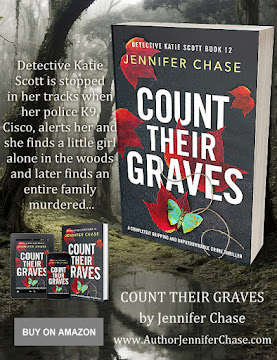






























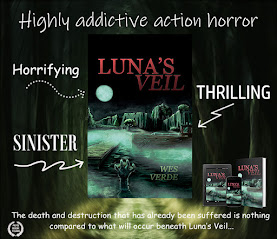
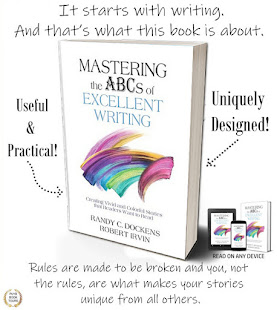
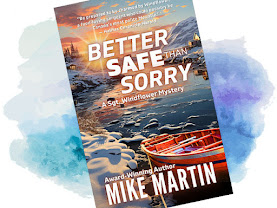




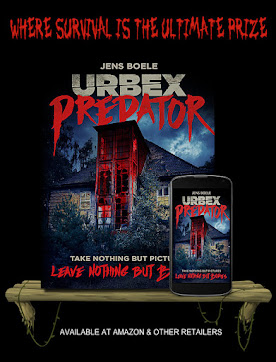









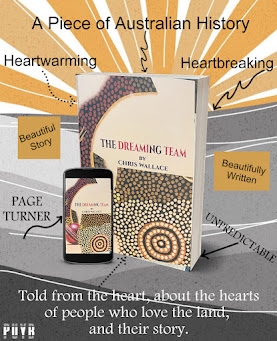




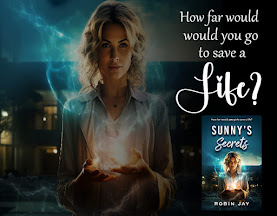

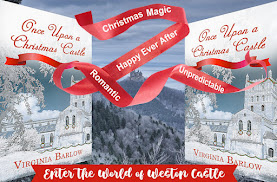


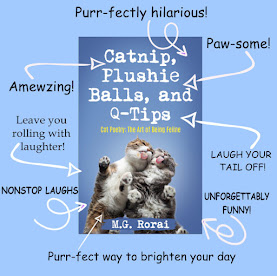



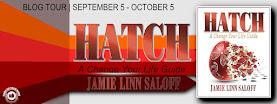

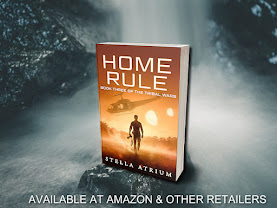

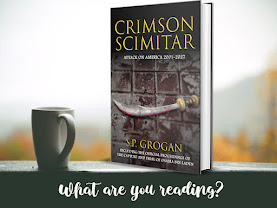


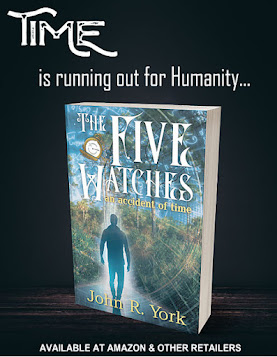

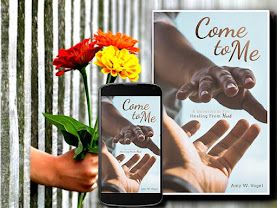



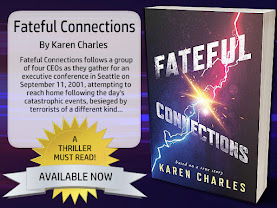


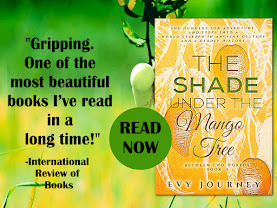







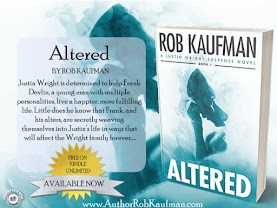
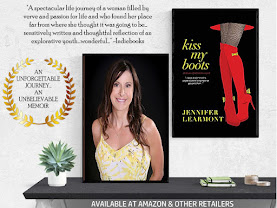
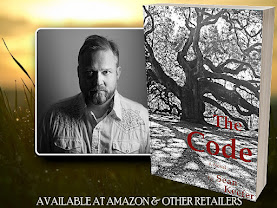



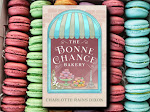
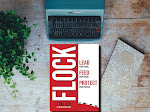


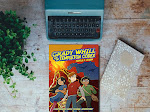


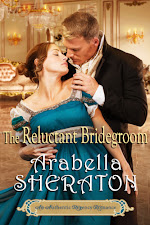




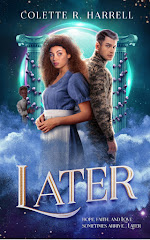
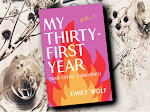
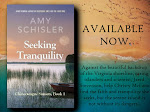


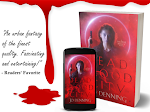


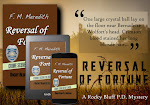

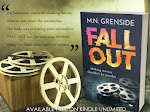


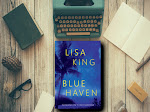




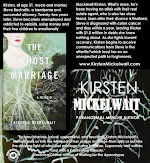




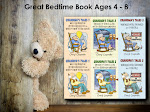

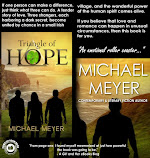
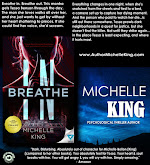
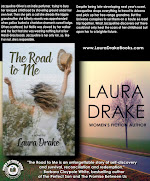


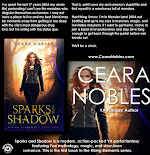
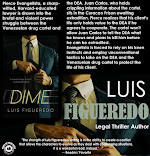

























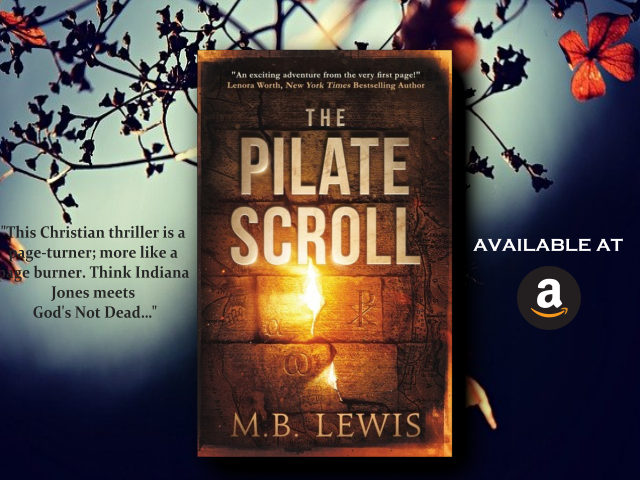













I want to thank Dr Emu a very powerful spell caster who help me to bring my husband back to me, few month ago i have a serious problem with my husband, to the extend that he left the house, and he started dating another woman and he stayed with the woman, i tried all i can to bring him back, but all my effort was useless until the day my friend came to my house and i told her every thing that had happened between me and my husband, then she told me of a powerful spell caster who help her when she was in the same problem I then contact Dr Emu and told him every thing and he told me not to worry my self again that my husband will come back to me after he has cast a spell on him, i thought it was a joke, after he had finish casting the spell, he told me that he had just finish casting the spell, to my greatest surprise within 48 hours, my husband really came back begging me to forgive him, if you need his help you can contact him with via email: Emutemple@gmail.com or add him up on his whatsapp +2347012841542 is willing to help any body that need his help.
ReplyDelete